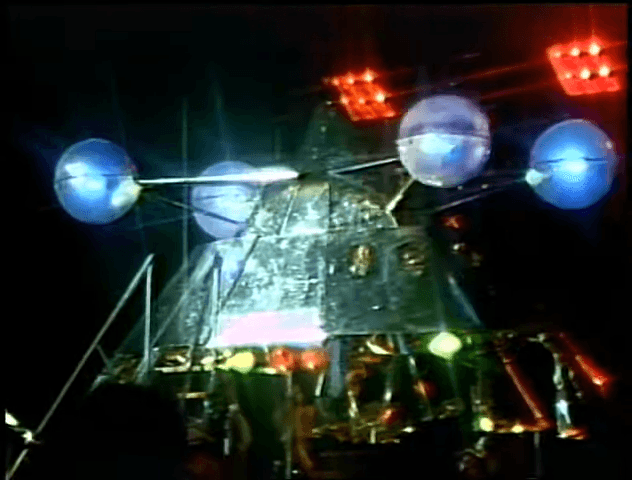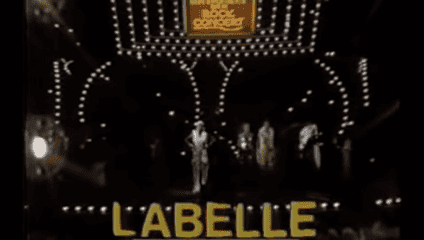Sonic Architects
Innovation is crucial to the creation of music because it pushes the art form forward while simultaneously broadening the dimensions of the art and culture that fosters and supports the music. These sonic architects embrace the principles of Afrofuturism, innovating popular music with the creation of new sounds and new genres, and utilizing technology to design seemingly infinite musical landscapes. While innovation remains a hallmark of Black music making, a cadre of musicians have utilized Afrofuturism’s sonic platform to tell their musical stories and outline their visions for new musical futures.
Parliament Funkadelic
George Clinton (b. 1941-) bandleader and mastermind of Parliament, its sister group Funkadelic, and the musical collective of Parliament-Funkadelic, performing in 1978.
Afrofuturist icon George Clinton and the musical collective Parliament-Funkadelic (P-Funk) built upon Sun Ra’s futuristic foundation. Through funk music, Parliament-Funkadelic created a musical universe all their own, with sci-fi-inspired characters, cosmic stories, and a general philosophy that sought to “free the minds” from societal, racial, and gendered restrictions. Utilizing stage props like the Mothership – a ship that descended to the stage to take the musicians away – and outlandish costumes and performance styles, P-Funk engineered an Afrofuturist version of popular music.
Transform the Norm
Parliament Funkadelic on stage at the end of a show with The Mothership hovering above.
Parliament-Funkadelic created their own universe of characters, stories, and concepts, as well as their own funky aesthetic, with the aid of visual narratives found within the inserts, liner notes, and their album artwork. Illustrator Pedro Bell’s inspired vision set the stage with comic-inspired characters such as Thumpasaurus and Funkapus. Artists Overton Loyd and Diem Jones also supplied P-Funk with original, sci-fi-inspired characters and stories to match the unique, funky, and otherworldly quality of the music.
Featured Video
Parliament Funkadelic Live Performance
This live performance by Parliament Funkadelic took place in Houston, Texas in the fall of 1976. The video showcases their vision for set and costume design with the Mothership descending to the stage at the end of the clip.

I had to find another place where they hadn’t perceived Black people to be, and that was on a spaceship.
George Clinton

The Mothership
Afrofuturism has inspired musicians in myriad ways—not just in sonic forms, but in costuming, set design, and performance. Parliament Funkadelic’s Mothership is a prime example of how Black music and visions of the future have joined together in unexpected ways.
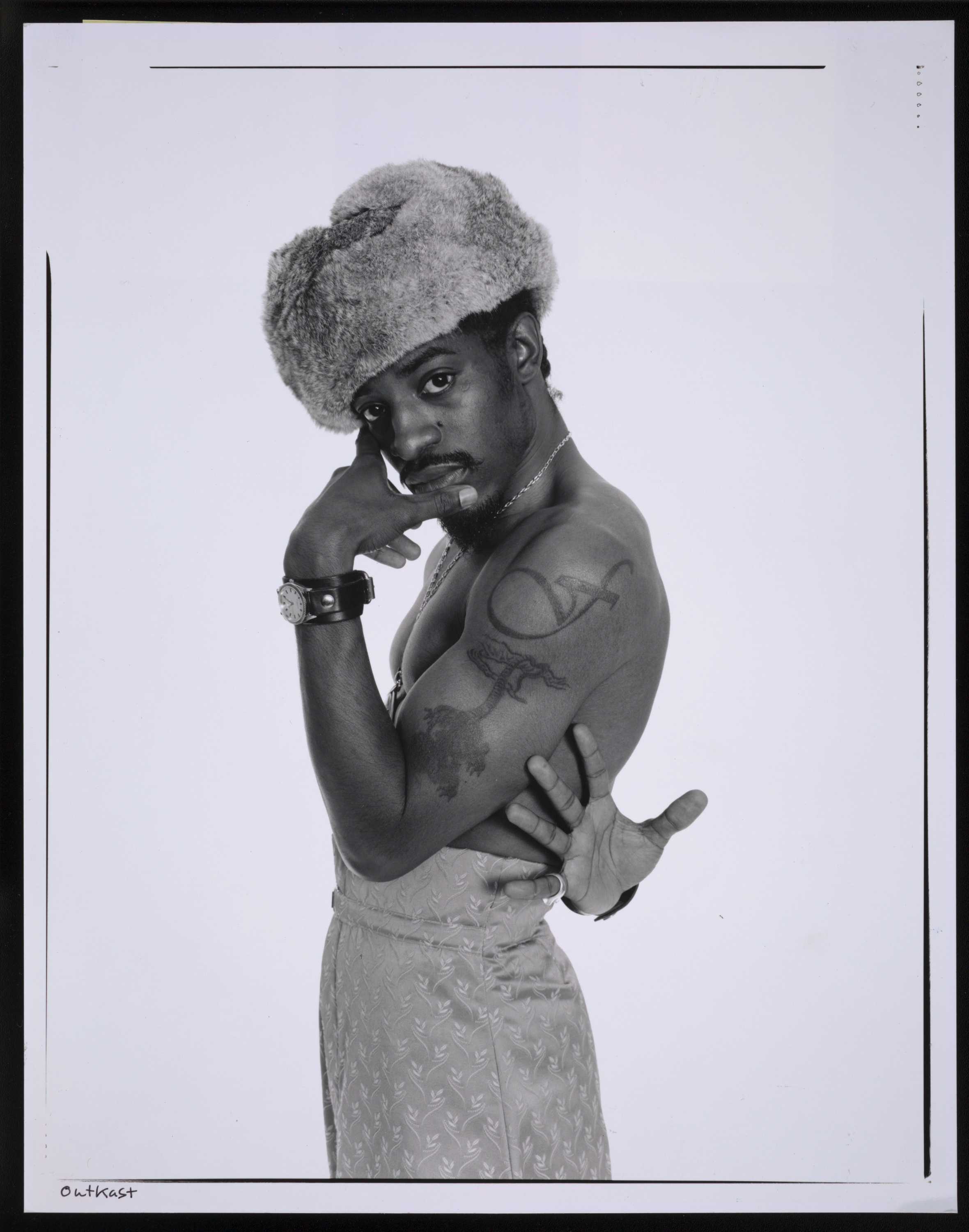
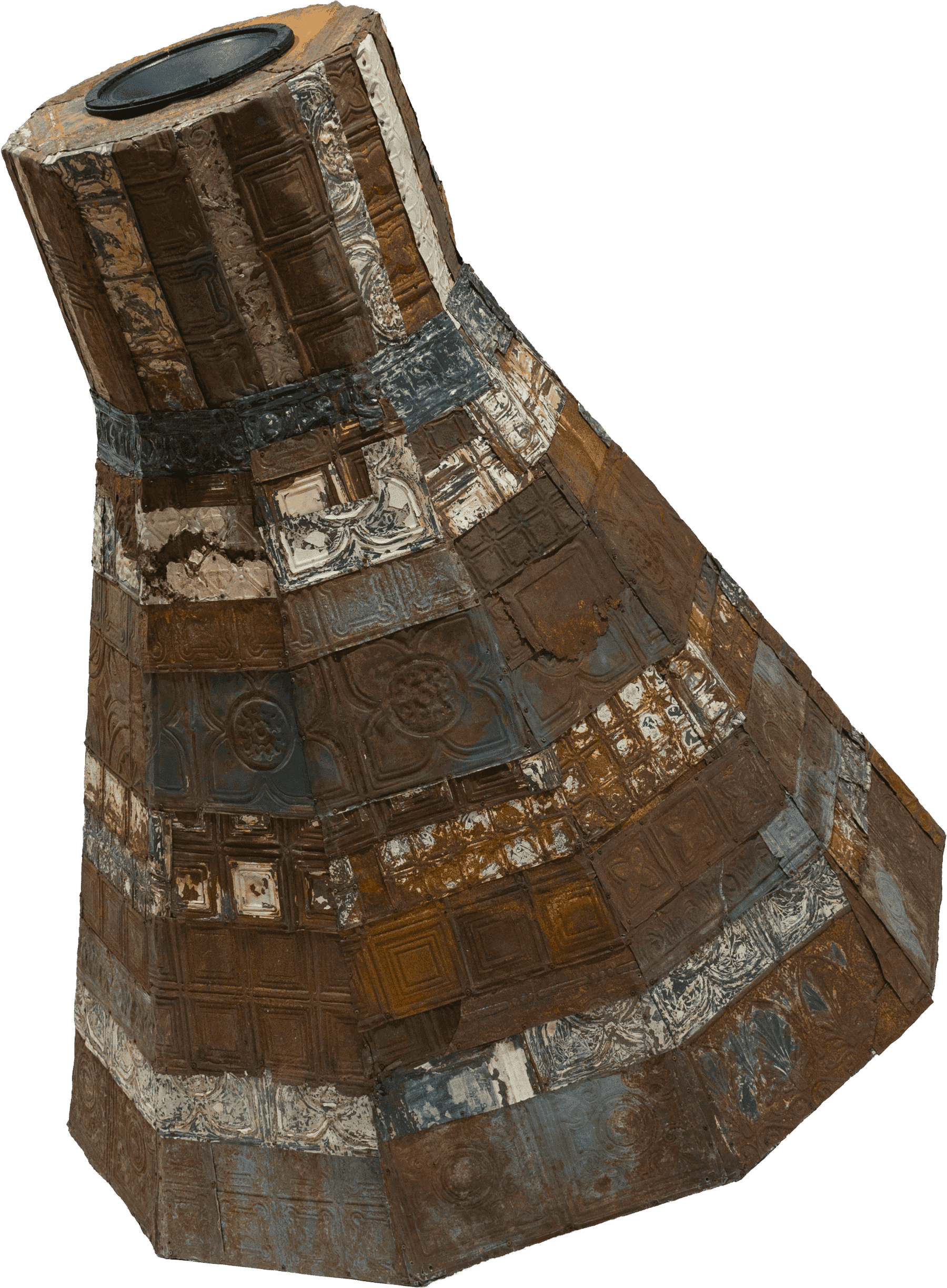
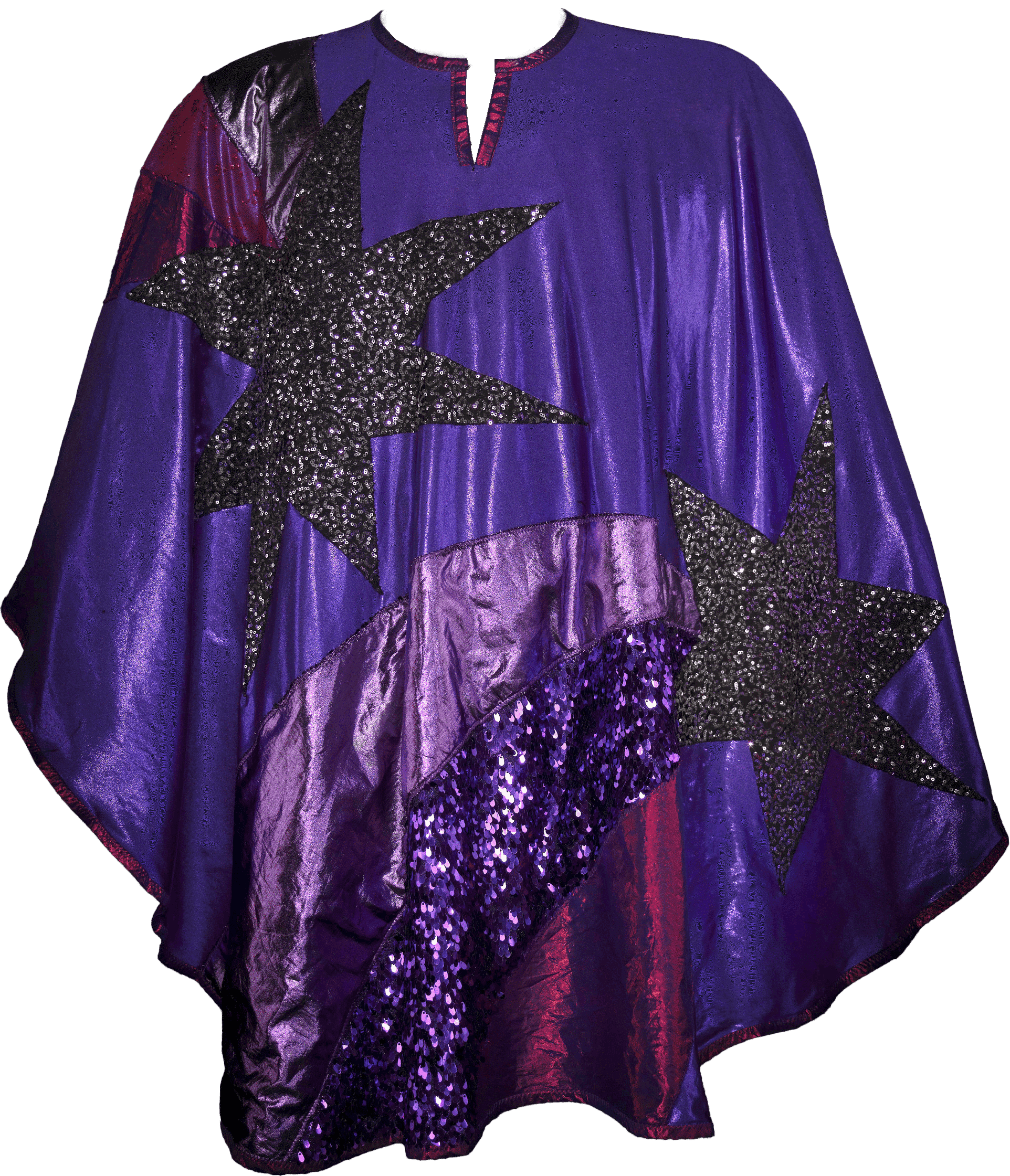


Nona Hendryx and LaBelle
Nona Hendryx on stage in 1975 performing with LaBelle
Musician, producer, mentor, and futurist, Nona Hendryx (b. 1944) is driven by her constant push to re-create and reenvision her art and image, utilizing technology to invent new musical and aesthetic forms throughout her career. As a founding member of the pop group LaBelle, she wrote songs such as “Cosmic Dancer” and “Space Children” about Black futures, citing Superman comics, quantum theory, and the film Attack of the 50 Foot Woman as inspirations. She envisioned the space-age look of the group with Puerto Rican designer Larry LeGaspi. Creating art without boundaries within a music industry that historically imposes strict ideas around genre, gender, and race, Hendryx makes music to not only challenge but destroy existing norms.
Costuming Afrofuturism
Hendryx wore this silver, spacesuit-inspired costume while performing with LaBelle in 1975. It was designed by Larry LeGaspi (1950–2001), who also provided costumes for P-Funk and Kiss.
By 1971, Hendryx, Patti LaBelle (b. 1944), and Sarah Dash (1945–2021) transformed their classic 60s girl-group image into the glam rock-inspired, space-age style of LaBelle. Best known for their smash hit, “Lady Marmalade,” LaBelle challenged gender and racial norms with their outlandish, cosmic visual style.

Afrofuturism rekindled my childhood fascination with science, space, astronomy, and I introduced it into the music . . . that I wrote.
Nona Hendryx
Featured Video
Live Performance by Labelle
1976 performance by Labelle on Don Kirshner’s New Rock Concert, featuring the song “System”
Embracing African Traditional and Futuristic Aesthetics
Hendryx performing at the Metropolitan Museum of Art in 2020
Song titles like “Women Who Fly” exemplified Nona Hendryx’s Afrofuturist and feminist spirit. Along with Betty Davis and Chaka Khan, Hendryx was among the first female pop artists to embrace an African and space-age futuristic aesthetic, with visuals and costumes that gave funk and pop music its own unique style and flair. A longtime advocate for LGBTQ+ rights, Hendryx also works as an educator focusing on the needs of girls of color in sound recording and STEM.

